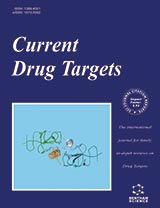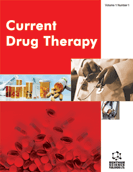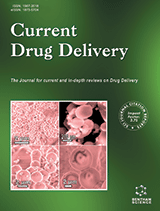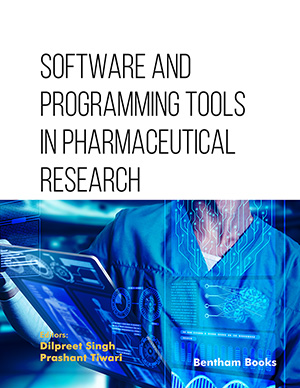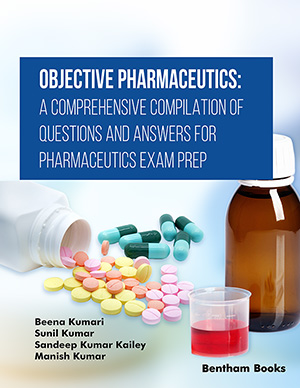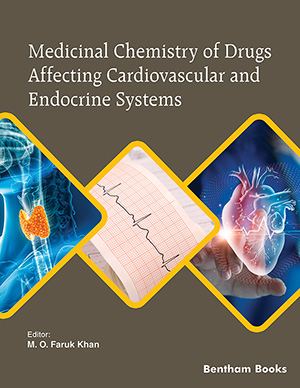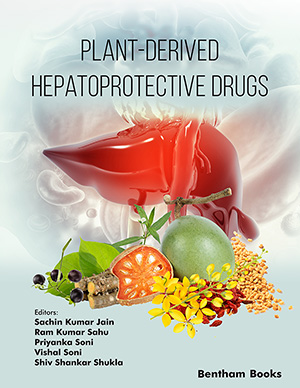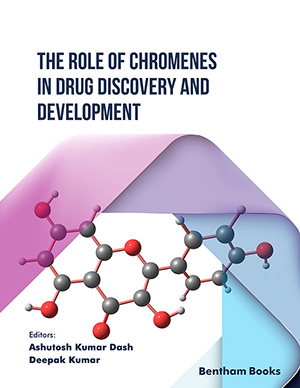Abstract
Due to the radiosensitivity of the lung, toxic endpoints, in the form of radiation pneumonitis and pulmonary fibrosis, are relatively frequent outcomes following radiation treatment of thoracic neoplasms. Because of the potential lethal nature of these normal tissue reactions, they not only lead to quality-of-life issues in survivors, but also are deemed dose-limiting and thereby compromise treatment. The mitigation and treatment of lung normal tissue late effects has therefore been the goal of many investigations; however, the complexity of both the organ itself and its response to injury has resulted in little success. Nonetheless, current technology allows us to propose likely targets that are either currently being researched or should be considered in future studies.
Keywords: Radiation, lung, pneumonitis, pulmonary fibrosis, pulmonary, neoplasms, bronchiole, endothelium, fibroblasts, FDA, (ROS), (SOD), Mn-SOD, (L-NAME), (iNOS), DNA damage, (SP-A), (COX-2), HMG-CoA, (MCP-1), Cytokine, (TNF), IL-1, TGF-ß, RAS, ACE
Current Drug Targets
Title: Treatment for Radiation-Induced Pulmonary Late Effects: Spoiled for Choice or Looking in the Wrong Direction?
Volume: 11 Issue: 11
Author(s): Jacqueline P. Williams, Carl J. Johnston and Jacob N. Finkelstein
Affiliation:
Keywords: Radiation, lung, pneumonitis, pulmonary fibrosis, pulmonary, neoplasms, bronchiole, endothelium, fibroblasts, FDA, (ROS), (SOD), Mn-SOD, (L-NAME), (iNOS), DNA damage, (SP-A), (COX-2), HMG-CoA, (MCP-1), Cytokine, (TNF), IL-1, TGF-ß, RAS, ACE
Abstract: Due to the radiosensitivity of the lung, toxic endpoints, in the form of radiation pneumonitis and pulmonary fibrosis, are relatively frequent outcomes following radiation treatment of thoracic neoplasms. Because of the potential lethal nature of these normal tissue reactions, they not only lead to quality-of-life issues in survivors, but also are deemed dose-limiting and thereby compromise treatment. The mitigation and treatment of lung normal tissue late effects has therefore been the goal of many investigations; however, the complexity of both the organ itself and its response to injury has resulted in little success. Nonetheless, current technology allows us to propose likely targets that are either currently being researched or should be considered in future studies.
Export Options
About this article
Cite this article as:
P. Williams Jacqueline, J. Johnston Carl and N. Finkelstein Jacob, Treatment for Radiation-Induced Pulmonary Late Effects: Spoiled for Choice or Looking in the Wrong Direction?, Current Drug Targets 2010; 11 (11) . https://dx.doi.org/10.2174/1389450111009011386
| DOI https://dx.doi.org/10.2174/1389450111009011386 |
Print ISSN 1389-4501 |
| Publisher Name Bentham Science Publisher |
Online ISSN 1873-5592 |
Call for Papers in Thematic Issues
New drug therapy for eye diseases
Eyesight is one of the most critical senses, accounting for over 80% of our perceptions. Our quality of life might be significantly affected by eye disease, including glaucoma, diabetic retinopathy, dry eye, etc. Although the development of microinvasive ocular surgery reduces surgical complications and improves overall outcomes, medication therapy is ...read more
 19
19
- Author Guidelines
- Graphical Abstracts
- Fabricating and Stating False Information
- Research Misconduct
- Post Publication Discussions and Corrections
- Publishing Ethics and Rectitude
- Increase Visibility of Your Article
- Archiving Policies
- Peer Review Workflow
- Order Your Article Before Print
- Promote Your Article
- Manuscript Transfer Facility
- Editorial Policies
- Allegations from Whistleblowers
Related Articles
-
Antigen-specific Immunotherapy in Ovarian Cancer and p53 as Tumor Antigen
Current Pharmaceutical Design Targeting the Immune System in Cancer
Current Pharmaceutical Biotechnology Nanoparticles: Properties and Applications in Cancer Immunotherapy
Current Pharmaceutical Design Myelodysplastic Syndromes: Review of Pathophysiology and Current Novel Treatment Approaches
Current Cancer Drug Targets Cytotoxic and Allergenic Potential of Bioactive Proteins and Peptides
Current Pharmaceutical Design VEGF Signaling Regulates Cofilin and the Arp2/3-complex within the Axonal Growth Cone
Current Neurovascular Research The Development of Antimicrobial Peptides as New Antibacterial Drugs
Current Protein & Peptide Science Combinatorial Application of Nucleic Acid-Based Agents Targeting Protein Kinases for Cancer Treatment
Current Pharmaceutical Design In vivo 19F MR Studies of Fluorine Labeled Photosensitizers in a Murine Tumor Model
Current Drug Discovery Technologies Pulmonary Squamous Papilloma Complicating Recurrent Tracheal Papillomatosis
Current Respiratory Medicine Reviews Genetics of Cancer Susceptibility
Current Genomics Recent Advances in Cancer Therapy: An Overview
Current Pharmaceutical Design Decreasing the Metastatic Potential in Cancers - Targeting the Heparan Sulfate Proteoglycans
Current Drug Targets Fibroblast Growth Factor Receptor (FGFR): A New Target for Non-small Cell Lung Cancer Therapy
Anti-Cancer Agents in Medicinal Chemistry Angiogenesis Inhibition: State of the Art, Forgotten Strategies and New Perspectives in Cancer Therapy
Current Cancer Therapy Reviews Recent Innovations in Antibody-Mediated, Targeted Particulate Nanotechnology and Implications for Advanced Visualisation and Drug Delivery
Current Nanoscience Theranostics Based on Iron Oxide and Gold Nanoparticles for Imaging- Guided Photothermal and Photodynamic Therapy of Cancer
Current Topics in Medicinal Chemistry Micro-RNA Profiling as a Predictor of Clinical Outcomes for Head and Neck Cancer Patients
Current Pharmaceutical Design Cardiotoxicity of Molecularly Targeted Agents
Current Cardiology Reviews Multiple Hormonal Dysregulation as Determinant of Low Physical Performance and Mobility in Older Persons
Current Pharmaceutical Design


